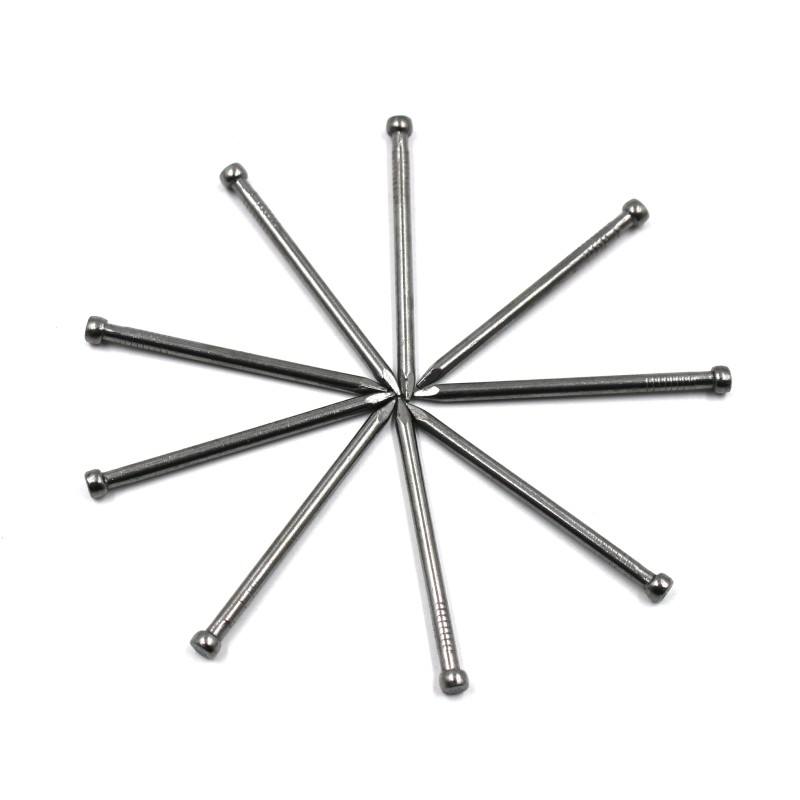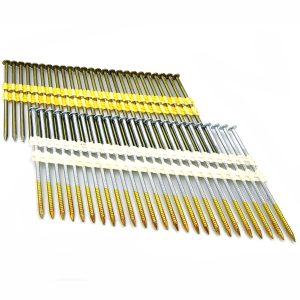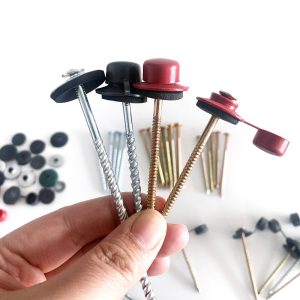Brad headless nail
- Material: carbon steel, low carbon steel
- Material model: Q195, Q235
- Diameter: 0.05 inch – 0.35 inch (1.27-8.9mm)
- Length: 0.47 inch – 15.7 inch (11-400mm)
- Head: brad’s head
- Shank type: smooth
- Point: diamond or blunt
- Surface treatment: bright, electro-galvanized, hot-dipped galvanized
- Package: 25 kg/carton, 40 kg/wooden box, retail packaging of 1kg also available
Description
Headless nails, also known as headless pins or rivets are widely used in woodworking, carpentry and finishing. These nails are characterised by the absence of a traditional nail head. They have a small, pointed profile and do not leave visible holes or marks.
Headless nails are available in various lengths and sizes. They allow for precise and unobtrusive fastening in delicate or obvious areas. They are commonly used for jobs such as trimming, panelling and fixing mouldings. The unobtrusive nature of headless nails ensures that finished wood products have a neat and shiny appearance. Precise and convenient, these fasteners are the first choice for achieving a professional and unobtrusive finish.
Features:
- Concealed fastening: Headless nails leave few visible holes or marks when nailed into materials, ensuring a clean finish.
- Versatile: For a wide range of applications, from fine carpentry and finishing work to delicate visible areas.
- Precise: Headless nails allow for precise positioning, ensuring a professional and unobtrusive appearance.
- Minimal surface damage: These nails minimise damage to the surface of the material, reducing the need for putty or filler.
- Easy to conceal: The small size of these nails makes them easy to conceal, especially when used in conjunction with wood putty.
- Variety of sizes: Headless nails are available in a variety of lengths and sizes to meet specific project requirements.
- Less sanding: Headless nails typically require less sanding than nails with heads, saving time and effort on finishing work.
Applications:
- Finishing: Headless nails are commonly used to secure finishes and mouldings, ensuring a clean and shiny appearance.
- Fine carpentry: For fine and visible parts of furniture and cabinets.
- Panelling: Used to secure panelling and minimise surface damage.
- Cabinet Installation: They provide unobtrusive fasteners in cabinet construction.
- Framing: Headless nails can be used to frame artwork and photographs for an understated, professional look.















